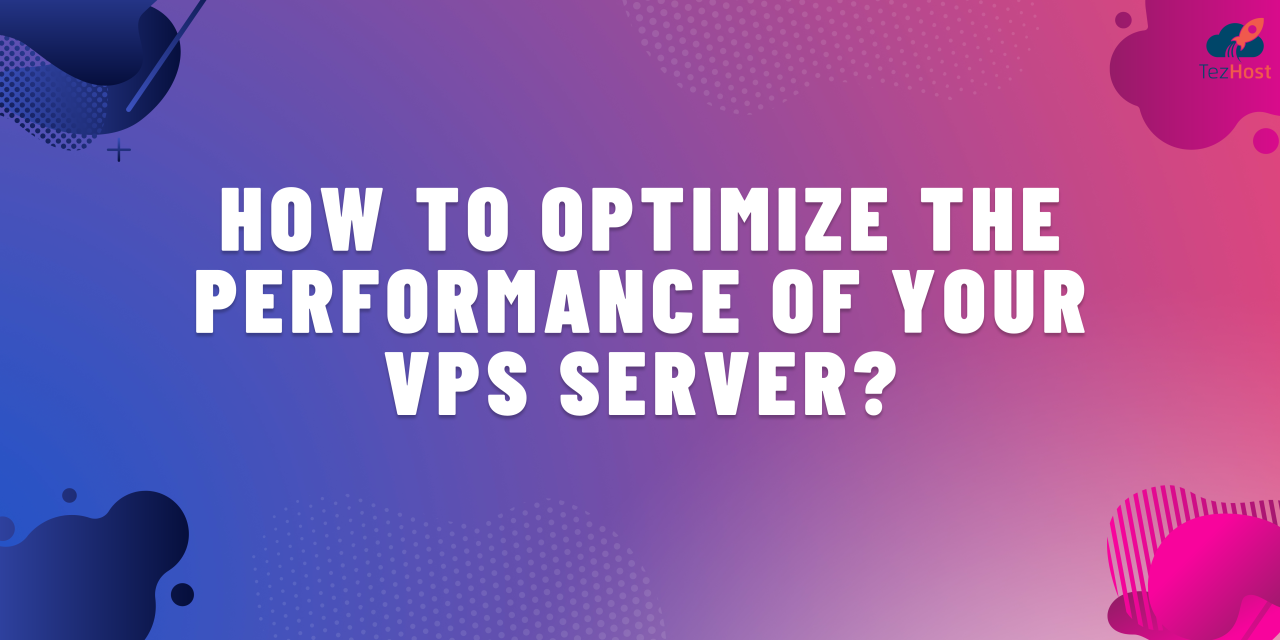Tips for Speeding Up Your Website on VPS
In the digital age, website speed is paramount. Slow-loading websites not only frustrate users but can also impact search engine rankings. If you’re managing a website on a Virtual Private Server (VPS), optimizing its speed is crucial for a seamless user experience. In this article, we’ll explore effective tips to speed up your website on a VPS, ensuring it runs at peak efficiency.
Introduction
In the competitive online landscape, every second counts. Users expect websites to load quickly, and search engines favor faster-loading pages. As a website owner utilizing a VPS, you have more control over your server environment, allowing for optimization tailored to your specific needs.
Understanding VPS Hosting
Definition of VPS Hosting
Before diving into optimization tips, it’s essential to understand what a Virtual Private Server (VPS) is. A VPS is a virtualized server that mimics a dedicated server within a larger physical server. This arrangement provides more control and customization options compared to shared hosting.
Advantages of VPS Hosting
- Isolation: Each VPS operates independently, ensuring resources are not shared with other users.
- Customization: Users have the flexibility to configure the server environment according to their specific requirements.
- Performance: VPS hosting typically offers better performance compared to shared hosting.
Tips for Speeding Up Your Website on VPS
1. Optimize Images and Multimedia Content
Large image and media files can significantly slow down your website. Compress and optimize images before uploading them to your server. Additionally, consider lazy loading for multimedia content, ensuring that resources are loaded only when needed.
2. Utilize Content Delivery Networks (CDNs)
CDNs distribute your website’s static content across multiple servers worldwide. This reduces latency and accelerates content delivery, enhancing the overall speed and performance of your website.
3. Implement Browser Caching
Leverage browser caching to store static files locally on a user’s device. This reduces the need to reload the same files upon revisiting your website, resulting in faster load times.
4. Upgrade Server Resources
Evaluate your website’s resource requirements regularly. If your traffic has increased, consider upgrading your VPS resources, such as RAM and CPU, to accommodate the higher demand and maintain optimal performance.
5. Enable Gzip Compression
Compressing your website’s files using Gzip reduces their size, allowing for faster data transfer between the server and users’ browsers. Most modern browsers support Gzip compression, making it an effective speed optimization technique.
6. Optimize Database Performance
Regularly optimize and clean up your website’s database. Remove unnecessary data, such as post revisions and spam comments, to reduce the database size and improve query performance.
7. Minify CSS, JavaScript, and HTML
Minification involves removing unnecessary characters and spaces from code files, reducing their size. Smaller file sizes lead to faster load times. Use minification tools to optimize your website’s CSS, JavaScript, and HTML files.
8. Choose a Reliable VPS Hosting Provider
The performance of your website is closely tied to the quality of your VPS hosting provider. Choose a reputable provider that offers high-speed hardware, reliable network infrastructure, and excellent customer support.
9. Use a Lightweight Theme
If you’re using a content management system (CMS) like WordPress, opt for a lightweight and well-optimized theme. Avoid themes with excessive features and elements that can slow down your website’s loading speed.
10. Implement Server-Side Caching
Server-side caching stores precomputed responses on the server, reducing the need to regenerate the same content repeatedly. Implementing server-side caching can significantly improve response times for your website.
Conclusion
In conclusion, optimizing your website’s speed on a VPS is a multifaceted task that involves various strategies. From image optimization to choosing the right hosting provider, each step plays a crucial role in enhancing your website’s performance. By implementing these tips, you’ll not only provide a better user experience but also positively impact your website’s search engine rankings.
FAQs
- Q: How often should I upgrade my VPS resources?
- A: Evaluate your website’s performance regularly. If you experience increased traffic or performance issues, consider upgrading your VPS resources accordingly.
- Q: Can I implement these tips on shared hosting?
- A: Some tips, like image optimization and using CDNs, are applicable to shared hosting. However, certain optimizations may require the flexibility and control offered by a VPS.
- Q: What is lazy loading, and how does it benefit website speed?
- A: Lazy loading delays the loading of non-essential elements (such as images) until the user scrolls to them. This reduces initial page load times and improves user experience.
- Q: Are there any specific tools for minifying CSS, JavaScript, and HTML?
- A: Yes, several online tools and plugins are available for minifying code. Popular choices include UglifyJS, YUI Compressor, and Online CSS Minifier.
- Q: How can I assess the performance of my VPS?
- A: Use performance monitoring tools to analyze resource usage, response times, and other key metrics. This helps identify areas for improvement and ensures optimal server performance.

